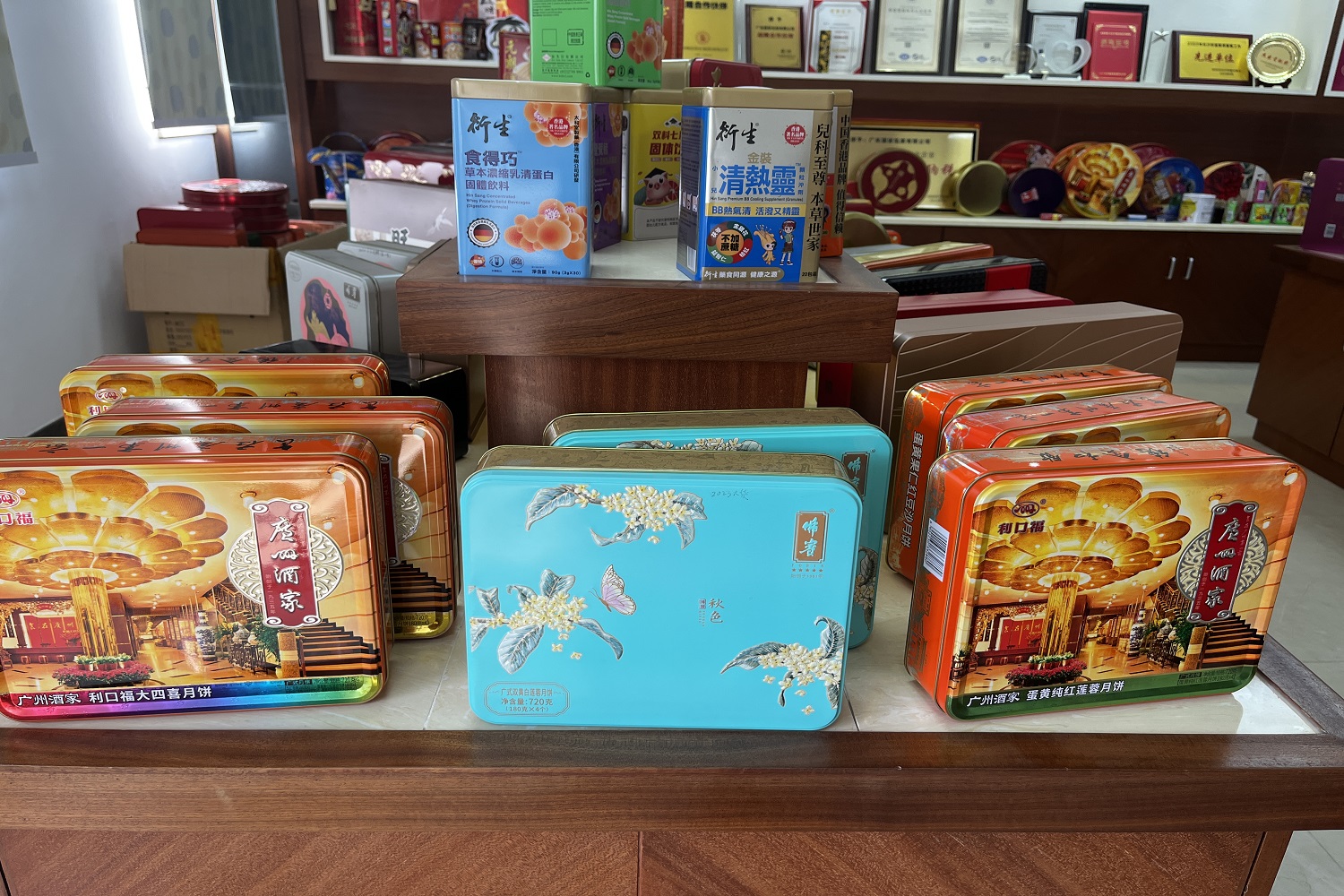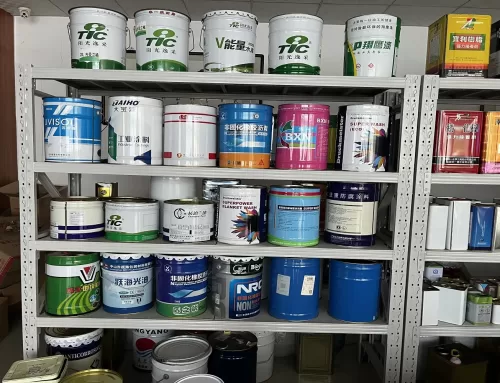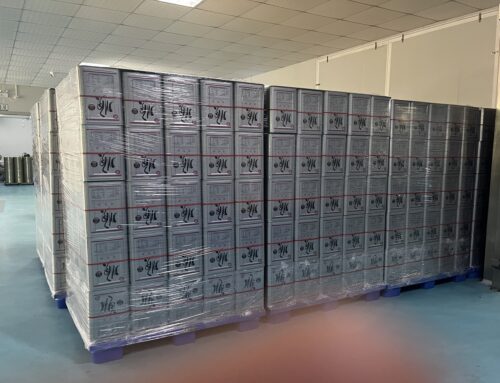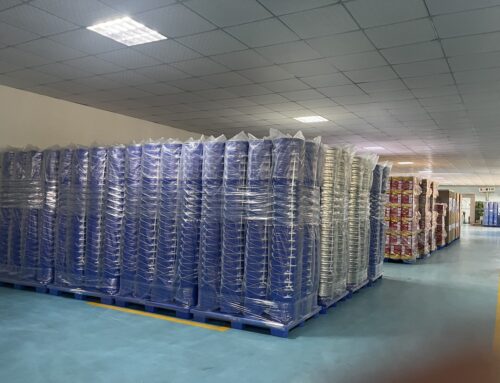Choosing the right sealing adhesive typically requires close collaboration between can and lid manufacturers, canning facilities, and adhesive suppliers. Can and lid manufacturers need to understand the application, storage, transportation, and sealing requirements of the sealing adhesive. Canning facilities are familiar with the contents of the cans. Based on information obtained from can and lid manufacturers and canning facilities, adhesive suppliers can recommend one or more sealing adhesives. If there’s a need to develop a new sealing adhesive, a strong partnership among the three parties is essential.
When selecting a sealing adhesive, several important considerations related to the global market should be taken into account:
1:Food packaging is a global business, with cans, lids, and packaged food circulating worldwide.
2:Canning facilities require all packaging components, including can sealing adhesives, to comply with global food regulations (EU, US FDA, Canada, China, Japan standards, etc.).

3:The content of the can and sterilization conditions are crucial factors in selecting the sealing adhesive. There are significant differences in can contents, sterilization conditions, and sealing quality worldwide. Canning facilities often test whether a sealing adhesive is suitable for a specific can content and sterilization conditions. However, it is crucial to conduct real can tests to assess the performance of the sealing adhesive under industrial production conditions.
4:The roll-sealing performance requires that lids and can bodies from two or more sources can be interchanged during the roll-sealing process without defects. The physical properties of the can sealing adhesive, the amount and distribution of the adhesive film on the lid, may affect the interchangeability performance.
5:The shelf life of the injection-sealed lids depends on the stable performance of the sealing adhesive. Stability refers to the liquid sealing adhesive (storage, transportation, application), dry film (oxidation resistance, aging), and resistance to microbial growth (liquid sealing adhesive and dry film)




